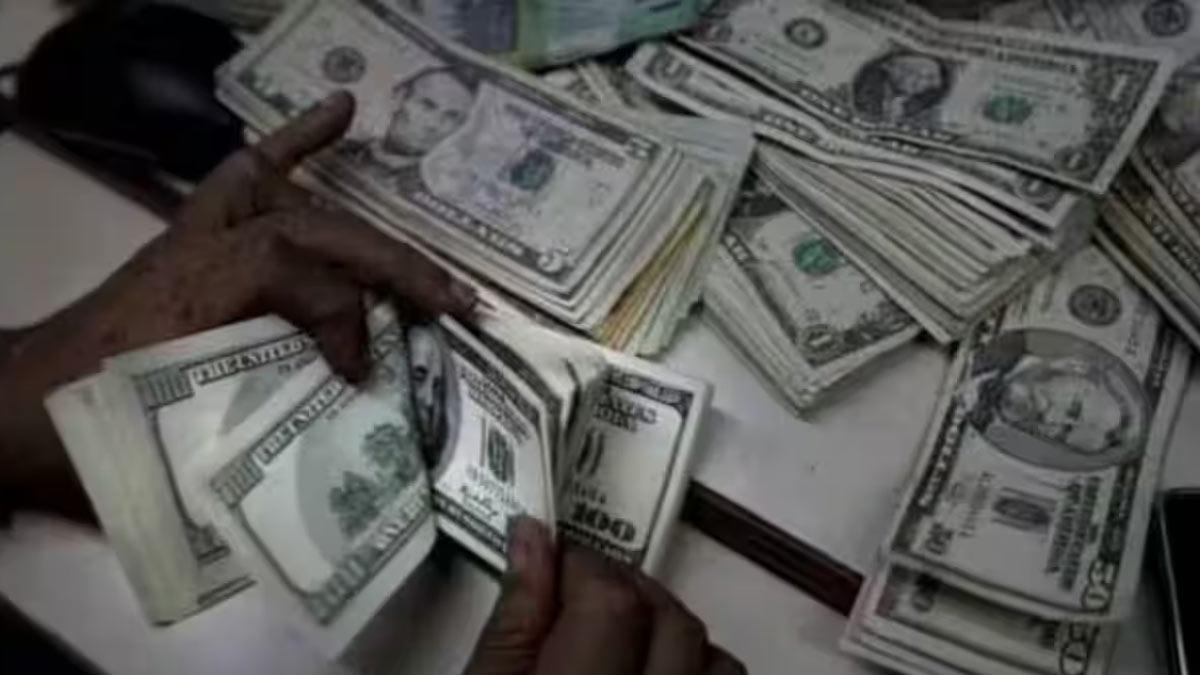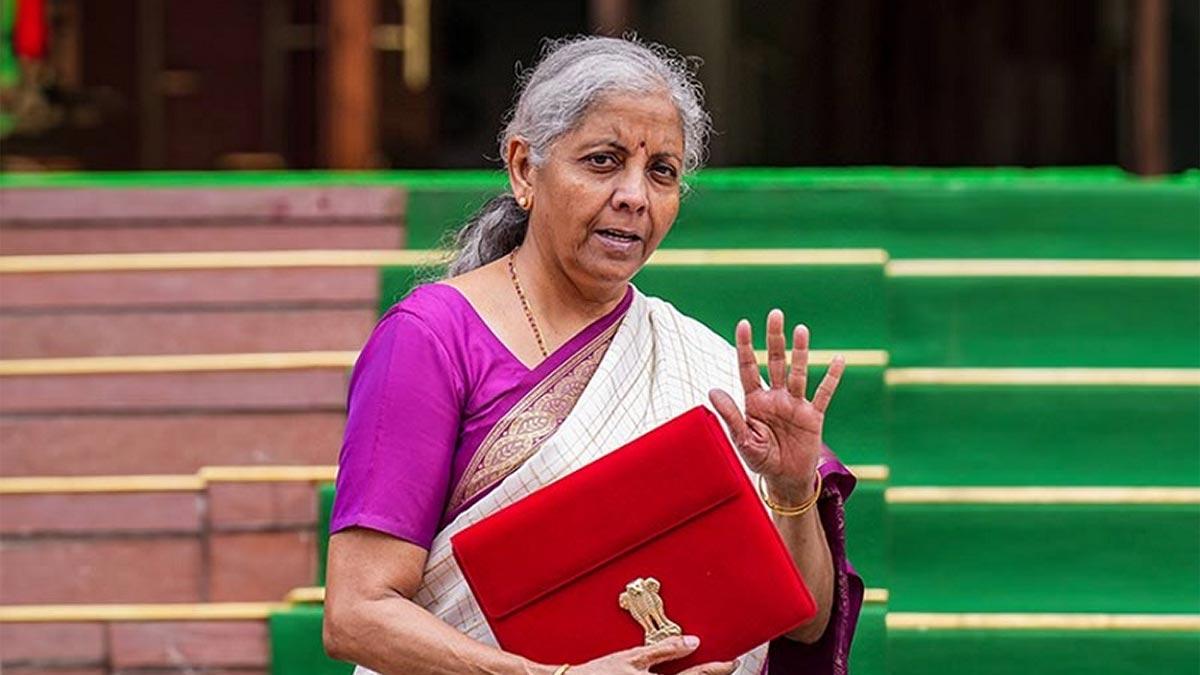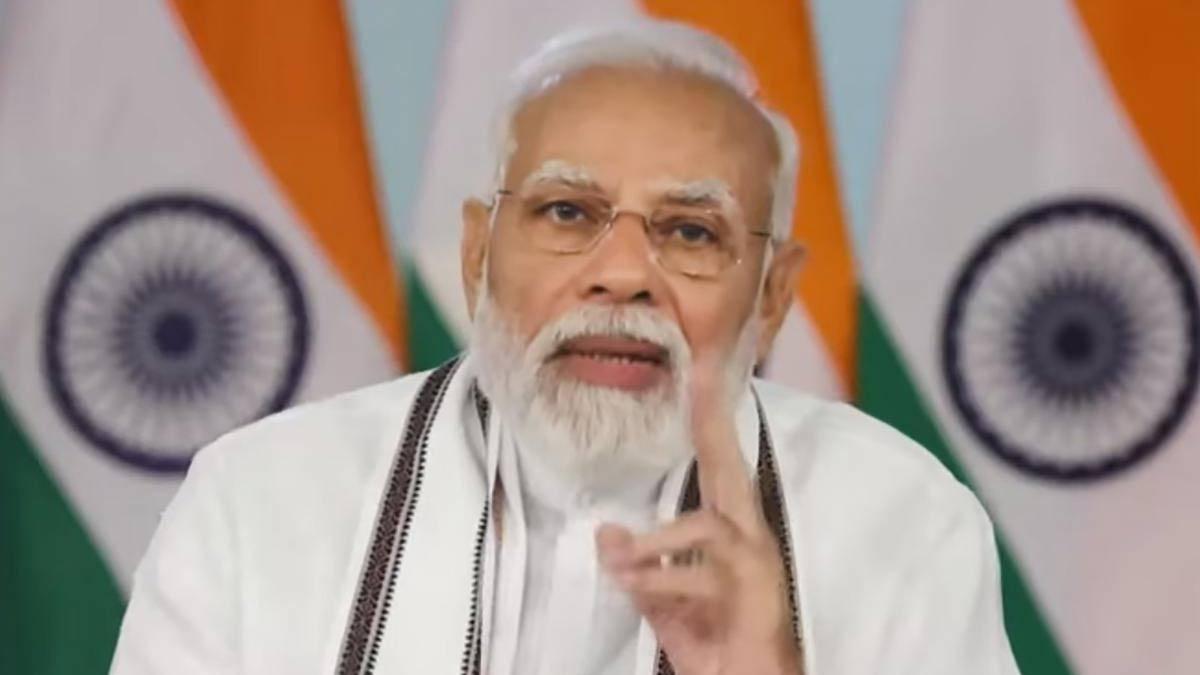India's foreign exchange reserves remained on the growth path for the sixth week in a row, rising by $1.57 billion to $677.84 billion for the week ended April 11, according to data published by the Reserve Bank of India (RBI) on Friday.
This is after a huge increase of $10.8 billion the last week, with reserves standing at $676.3 billion as of April 4. The sustained growth represents a bounce back from previous falls occasioned by currency revaluation and RBI intervention to stem rupee volatility.
The largest portion of the reserves, foreign currency assets, rose by $892 million to $574.98 billion in the most recent week. Foreign currency assets, which are quoted in U.S. dollars, capture movements in the value of other large currencies such as the euro, pound sterling, and yen.
The country's gold holdings also saw a significant increase, rising by $638 million to $79.997 billion. Central banks all over the globe, including India's RBI, have been bolstering their reserves of gold against escalating geopolitical as well as economic risks, since gold is recognized as a refuge asset.
SDRs fell minimally by $6 million to $18.356 billion, whereas India's reserve position at the International Monetary Fund (IMF) rose by $43 million to $4.502 billion.
India's forex reserves had also stood at an all-time high of $704.885 billion in September 2024. A strong foreign exchange reserve not only indicates the Indian economy's strength but also makes the RBI more capable of stabilizing the rupee when the market experiences volatility.
A greater reserve provides the RBI with increased flexibility to step into spot as well as forward currency markets in order to defend the rupee from a precipitous fall. Conversely, reserve depletion constrains the central bank's ability to defend the home currency.
On the other hand, there are appearing indicators of stronger economic resilience overall. India's merchandise trade deficit eased to its lowest level in three years to $14.05 billion during February, declining from $22.99 billion during January according to data available with the Ministry of Commerce and Industry.
The progress was because while exports have held steady imports dipped, additionally supporting India's external economic profile against continuing world uncertainties.
Read also| U.S. Invokes National Security in Defense of Steel Tariffs Amid WTO Dispute with India
Read also| India’s defence production to touch Rs 3 lakh crore by 2029, Says Rajnath Singh


















